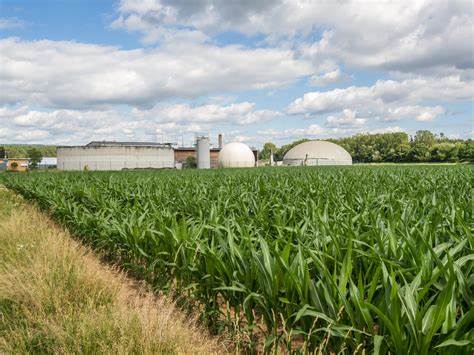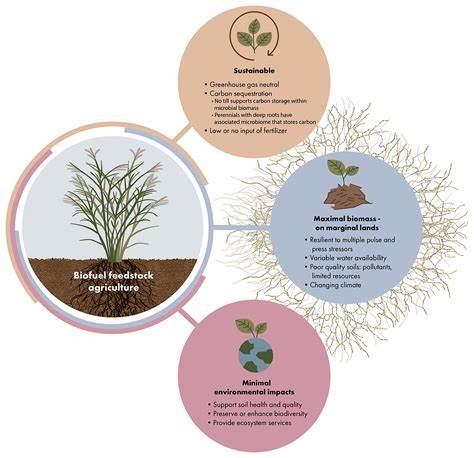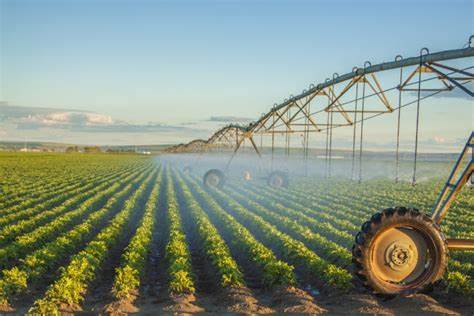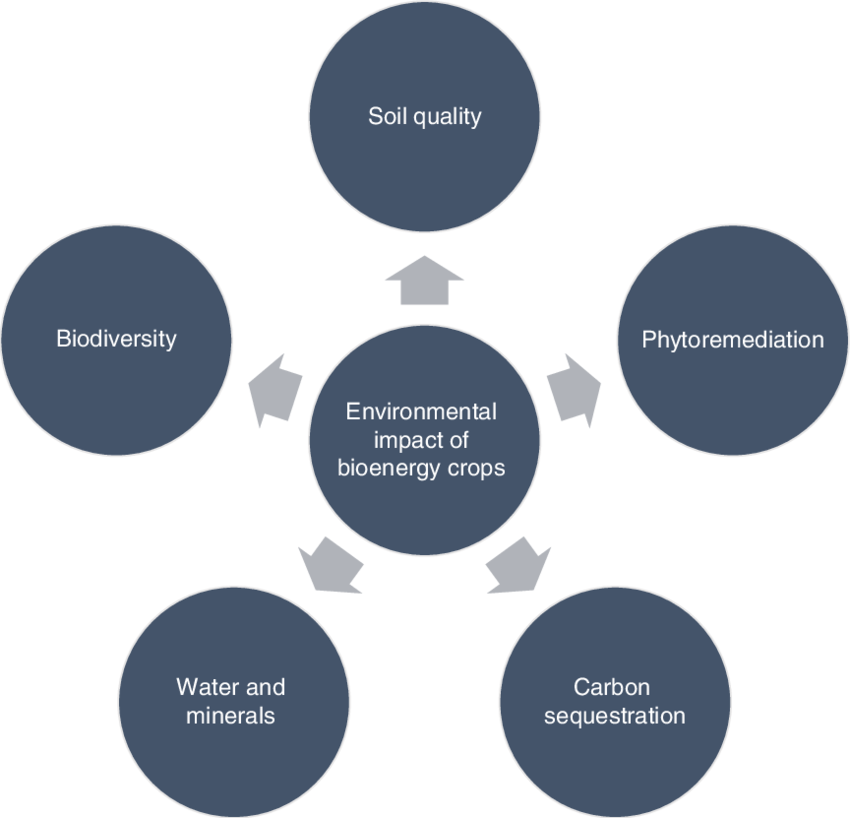
Bioenergy Crops: Maximizing Yield and Sustainability for a Sustainable Future
Introduction
Bioenergy crops play a crucial role in addressing sustainability and energy needs in today’s world. As the demand for renewable energy continues to rise, it is important to maximize the yield and sustainability of bioenergy crop production. By doing so, we can meet the growing energy demands while minimizing the environmental impact. This article explores the historical background, key concepts and definitions, main discussion points, case studies, current trends, challenges, controversies, future outlook, and the importance of maximizing yield and sustainability in bioenergy crop production.
Historical Background
The origins and evolution of bioenergy crops can be traced back to ancient civilizations. Throughout history, humans have utilized various forms of bioenergy, such as burning wood for warmth and cooking. However, it was not until the industrial revolution that bioenergy crops gained significant attention. The increasing demand for energy, coupled with concerns about fossil fuel depletion and environmental degradation, led to the development of bioenergy crop cultivation.
Key Concepts and Definitions
Bioenergy crops refer to plants specifically grown for the purpose of producing biomass that can be converted into energy. These crops are classified into different types, including energy grasses, oilseeds, and lignocellulosic crops. Energy grasses, such as switchgrass and miscanthus, are known for their high biomass yield and ability to grow in marginal lands. Oilseeds, such as soybeans and canola, produce oil that can be converted into biodiesel. Lignocellulosic crops, such as corn stover and wheat straw, contain high amounts of cellulose and can be used for biofuel production.

Yield plays a crucial role in bioenergy crop production. It refers to the amount of biomass or energy obtained per unit of land area. Maximizing yield is essential to meet the increasing energy demands and reduce the pressure on finite resources. Various factors influence yield, including genetics, agronomic practices, and environmental conditions. By understanding and optimizing these factors, farmers can enhance the productivity of bioenergy crops.
Sustainability is another important concept in bioenergy crop cultivation. It refers to the ability to meet the current energy needs without compromising the needs of future generations. Sustainable practices in bioenergy crop production include maintaining soil health, conserving water, and preserving biodiversity. By adopting sustainable practices, we can ensure the long-term viability of bioenergy crops and minimize the environmental impact.
Main Discussion Points
Maximizing yield in bioenergy crop production is crucial for meeting the growing energy demands. To achieve this, several strategies can be employed. Breeding for high-yielding varieties, optimizing nutrient management, and improving pest and disease control are some of the approaches that can enhance yield. Additionally, precision agriculture and technological advancements, such as remote sensing and data analytics, can help monitor and optimize crop growth, leading to increased productivity.
Enhancing sustainability in bioenergy crop production is equally important. Sustainable practices, such as crop rotation, cover cropping, and integrated pest management, can help maintain soil health and reduce reliance on synthetic inputs. Furthermore, conserving water and preserving biodiversity are vital for the long-term sustainability of bioenergy crops. By implementing these practices, farmers can minimize the environmental impact and promote sustainable bioenergy crop production.

Balancing yield and sustainability presents a challenge in bioenergy crop production. Maximizing yield often requires intensive cultivation practices, which can have negative environmental consequences. It is crucial to find innovative approaches that aim to achieve both high yield and sustainability. Agroforestry systems, which involve growing trees alongside bioenergy crops, and mixed cropping, which involves planting multiple crops together, are examples of such approaches. These systems promote biodiversity, improve soil health, and enhance overall sustainability.
Case Studies or Examples
Several real-world examples illustrate successful bioenergy crop projects that have maximized yield and sustainability. One such example is the Willow Biomass Project in Sweden, where willow trees are grown on marginal lands for biomass production. This project has not only increased the yield of bioenergy crops but also improved soil quality and reduced greenhouse gas emissions. Another example is the Jatropha biofuel project in India, where Jatropha oilseeds are cultivated for biodiesel production. This project has demonstrated the potential of bioenergy crops to provide sustainable energy alternatives while creating employment opportunities for rural communities.
Current Trends or Developments
Recent research findings and advancements in bioenergy crop production have paved the way for new trends and developments. Genetic engineering techniques, such as gene editing, have enabled the development of high-yielding bioenergy crop varieties with enhanced traits. Precision agriculture, which utilizes data-driven approaches for optimizing crop management, is gaining popularity. Moreover, advancements in biofuel conversion technologies, such as thermochemical and biochemical processes, are improving the efficiency and sustainability of bioenergy production.
Challenges or Controversies
Bioenergy crops face several challenges and controversies. Land-use conflicts arise when bioenergy crop cultivation competes with food production or natural ecosystems. The conversion of agricultural land for bioenergy crops can lead to the displacement of food crops, potentially exacerbating food security issues. Additionally, concerns about the greenhouse gas emissions associated with bioenergy crop cultivation and conversion processes have sparked debates. It is important to address these challenges and controversies through proper land-use planning, policy support, and sustainable practices.

Future Outlook
The future of bioenergy crop production looks promising. Continued policy support, technological advancements, and research efforts are expected to drive the development of sustainable bioenergy systems. The integration of bioenergy crops into existing agricultural systems can contribute to the transition to a low-carbon economy. Furthermore, ongoing research on improving the efficiency and sustainability of bioenergy production will lead to breakthroughs in crop breeding, cultivation practices, and conversion technologies.
Conclusion
Maximizing yield and sustainability in bioenergy crop production is crucial for meeting the energy demands of the future while addressing environmental concerns. By adopting sustainable practices, enhancing yield through breeding and technological advancements, and balancing conflicting goals, we can ensure a sustainable future powered by bioenergy. It is imperative to continue research, innovation, and policy support to shape the future of bioenergy crops.




